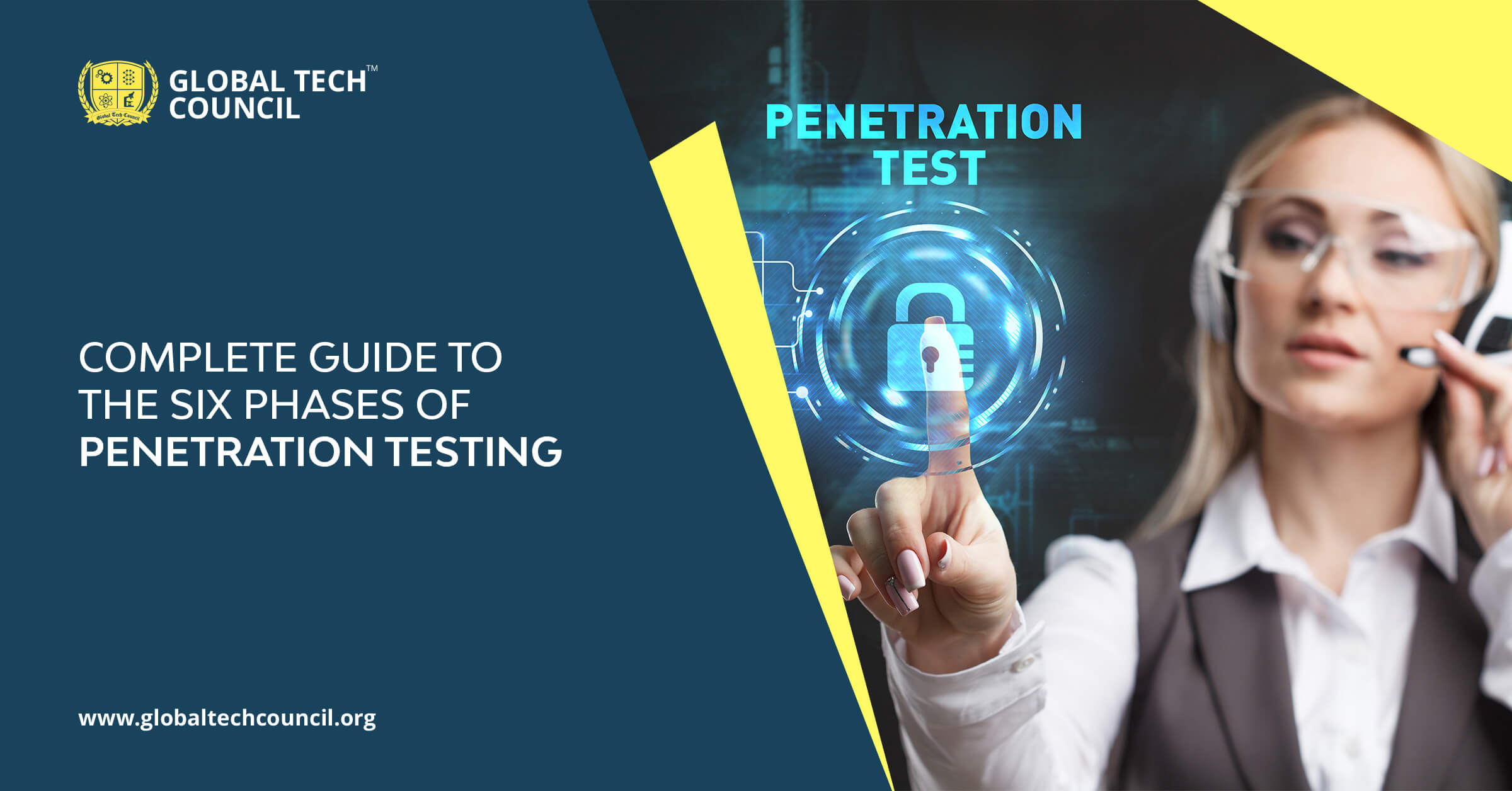
If your company or system has never been subjected to a penetration test or vulnerability scanning, you may be unsure what to consider. This article talks about six phases of penetration testing along with a complete guide to walk you through the process. Hopefully, you will enjoy the rewards of the phase a little more until you know exactly what to do.
Table of Contents
- Complete Guide to the Six Phases of Penetration Testing
- What is Penetration Testing and Why Does It Matter?
- Complete guide to the six phases of Penetration Testing.
- Interactions before the engagement
- Surveillance
- Vulnerability
- Analysis of the Security Vulnerabilities
- Summarize and conclusion
- The Ultimate Goal
- Conclusion
What is Penetration Testing and Why Does It Matter?
Penetration testing entails a specialized security team simulating an actual attack on your server to identify flaws and determine cyber threats. It goes further than a simple vulnerability assessment analysis as it includes professional hackers pretending to be baddies to expose flaws in the protection technologies and staff training.
By impersonating a hacker (and employing their techniques), a company can secure security threats, eliminate false alarms, and introduce a crucial manual aspect to the check. These test methods are essential for several reasons, including enforcement and core risk assessments and increased knowledge of a firm’s cybersecurity attacks. Now let’s learn about the six phases of penetration testing.
Complete guide to the six phases of Penetration Testing.
One of the most demanding educational services all over the world is Pen testing certifications. Many data security problems can be solved with the pentesting course and skills learned in this article. Following are the six phases that are involved in penetration testing:
- Interactions before the engagement:
In this, the penetration analyzer gathers as much information as possible about the targeted network.
The penetration tester collaborates with your staff to fully comprehend your risk management, organizational culture, and, as a result, the most effective penetration testing approach.
This is also referred to as the information-gathering process. The pentester schedules the testing procedure and conforms organizational priorities with relevant pentesting outcomes at this point.
- Surveillance:
Reconnaissance, also known as open-source intelligence collection, entails utilizing the details collected to acquire extra intelligence on possible locations through publicly accessible channels. This phase is crucial because it enables the penetration tester to gather additional information that might have been missed earlier.
- For finding open access points and vulnerabilities within the company, the penetration tester uses a detailed guideline.
- The OSINT System has functionality tailored to open data sources.
- The method of pen testing you choose will decide how the tester gathers different types of information about your company to identify access points and vulnerabilities in your system.
- Social control, web search scans, tailgating, financial records, domain registration searches updates, or Web Footprinting (such as email accounts, flip Proxy server, login credentials, packet sniffing, social media networks) are standard intelligence-gathering methods and techniques.
- Vulnerability:
A vulnerability inspection is carried out to gather preliminary information and determine any possible security flaws that could enable an outside intruder to collect access to information or technology under review. The pentester identifies priorities and plots attack paths. Vulnerability scanners identify the security risks presented by newly discovered flaws.
Penetration testers can trace and define a company’s business properties and distinguish vital assets, including client, worker, and technically comparison, vulnerability assessment findings data. The tester will also locate and determine both internal and external risks.
Some of the internal risk factors include vendors, staff, and management. In contrast, external risk factors include portals, network protocols, and traffic.
- Analysis of the Security Vulnerabilities:
Penetration testers figure out the appropriate form of operation, including possibilities for capitalizing on system vulnerabilities, after evaluating the vulnerability assessment findings—ultimately driving them to establish an attack strategy. In this step, the pentester gathers all of the details and checks the vulnerabilities found in your database, server, and documentation.
They wanted to sort out just how hackers can get into your system and avoid tracking. As vulnerability techniques, the penetration tester can always use social engineering, web server hacks, direct assaults, data breaches, and memory-based threats.
- Summarize and conclusion:
As those flaws are exposed, and the system is breached, the strategy is put into effect. This process primarily consists of recording and reporting, which involves explaining where the professional pentesters began their research, how they discovered loopholes, and how they exposed them. The range of the security monitoring, testing techniques, conclusions, and corrective proposals are also included.
Following the pentest training exercise, the testing team should start cleaning up. This may entail destroying any ransomware embedded in the network, disabling any user profiles created to link to the compromised device, and deleting downloads folder, codes, and so on.
- The Ultimate Goal:
The importance of the final phase of penetration testing cannot be overstated. The company under test must specifically use the cybersecurity testing results to threat rank flaws, assess the possible effect of discovered security weakness, evaluate remediation measures and guide future decision-making.
Conclusion
Selecting a penetration tester won’t help you if you don’t understand the procedure, survey, and steps. That’s why it is recommended that you learn about such details from a certified training program from places like the Global Tech Council. Through this, you can get a penetration testing credential as an IT security agent. It will provide more possibilities for a successful, healthy, and stable career with future technology.